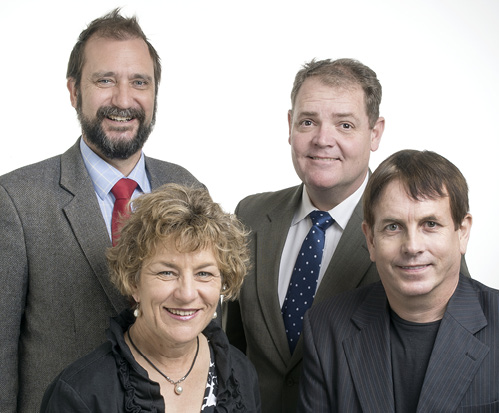
By Dr Barbara Ryan, University of Southern Queensland
Communication glitches in disaster management stubbornly remain on 20 per cent of total operational problems in Australian emergency response. This made the communication teaching team at the University of Southern Queensland think that something needed to change.
We looked at the many reasons for the predominance of communication in these statistics including changes in community expectations, systems, funding, leadership, education and skills, agency and team memory, power balances between operations and communication functions, and longevity of tenure within communication teams that look after communication.
One aspect we felt we could help improve was to better equip communication teams with skills and vision to deal with some of the obstacles to best practice.
Firstly, higher level and skills training could help communicators do their job better. Building a strategic view of how to do their jobs might encourage them to stay in the role longer. This ‘memory’ aspect of disaster management is critical, even as agencies develop methods of embedding this individual memory into the corporate memory.
Secondly, post-graduate study could help communicators address those power imbalances within organisations that sometimes see operational staff dismiss communication needs or processes in moments of high stress.
Finally, this level of study would add a layer of intellect that could help during agency discussions about the communication function.
This led us to create a new Graduate Certificate of Business – Emergency and Disaster Communication, specifically developed for agency communication teams to help move their function up a level. It’s also useful for disaster managers wanting to better understand human behaviour and communication techniques.
The four-course program covers each phase of disaster. Courses are offered in change communication, community engagement, response communication and disaster management focusing on communication. Study of social media is also an option.
We’ve developed this program using research as a base. We are pleased that the Bushfire and Natural Hazards CRC is building such a comprehensive foundation for understanding why people behave the way they do in preparation, response and recovery stages, and their communication needs at each phase.
The courses in this specialisation can also be used toward Masters-level qualifications in project management, leadership and business.
The staff in the program are Matt Grant and Dr Barbara Ryan, with contributions by Dr Chris Kossen and Andrew Mason. Matt has extensive crisis and disaster response experience, coordinated Australian whole-of-government communications from Banda Aceh, Indonesia after the Boxing Day tsunami in 2004, was regional news director for regional television and has held corporate public affairs roles. He has worked in journalism and public affairs for 25 years.

Dr Barbara Ryan has researched how people get information in disasters and has experience in response and recovery communications for bushfires and floods at local disaster management level. She spent seven years as a volunteer coordinator of communication for a district disaster management group in Queensland. She is a co-founder and former director of Emergency Media and Public Affairs and has more than 20 years public relations experience.